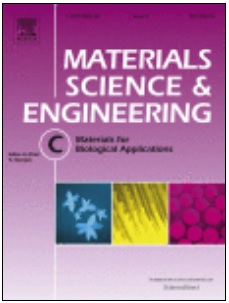In this study ZnPc@TiO2 hybrid nanostructures, both nanoparticles and nanotubes, as potential photosensitizers for the photodynamic therapy, fluorescent bioimaging agents, as well as anti-cancer drug nanocarriers, were prepared via zinc phthalocyanine (ZnPc) deposition on TiO2. In order to provide the selectivity of prepared hybrid nanostructures towards cancer cells they were modified with folic acid molecules (FA). The efficient attachment of both ZnPc and FA molecules was confirmed with dynamic light scattering (DLS), zeta potential measurements and X-ray photoelectron spectroscopy (XPS). It was presented that ZnPc and FA attachment has a strong effect on fluorescence emission properties of TiO2 nanostructures, which can be further used for their simultaneous visualization upon cellular uptake. ZnPc@TiO2 and FA/ZnPc@TiO2 hybrid nanotubes were then employed as doxorubicin nanocarriers. It was demonstrated that doxorubicin can be easily loaded on these hybrid nanostructures via an electrostatic interaction and then released. In vitro cytotoxicity and photo-cytotoxic activity studies showed that prepared hybrid nanostructures were selectively targeting to cancer cells. Doxorubicin loaded hybrid nanostructures were significantly more cytotoxic than un-loaded ones and their cytotoxic effect was even more severe upon irradiation. The cellular uptake of prepared hybrid nanostructures and their localization in cells was monitored in vitro in 2D cell culture and tumor-like 3D multicellular culture environment with fluorescent confocal microscopy. These hybrid nanostructures preferentially penetrated into human cervical cancer cells (HeLa) than into normal fibroblasts (MSU-1.1) and were mainly localized within the cell cytoplasm. HeLa cells spheroids were also efficiently labelled by prepared hybrid nanostructures. Fluorescent imaging of Hela cells treated with doxorubicin loaded hybrid nanostructures showed that doxorubicin was effectively delivered into cells, released and evenly distributed in the cytoplasm. In conclusion, prepared hybrid nanostructures exhibit high potential as selective bioimaging agents next to their photodynamic activity and drug delivery ability.

